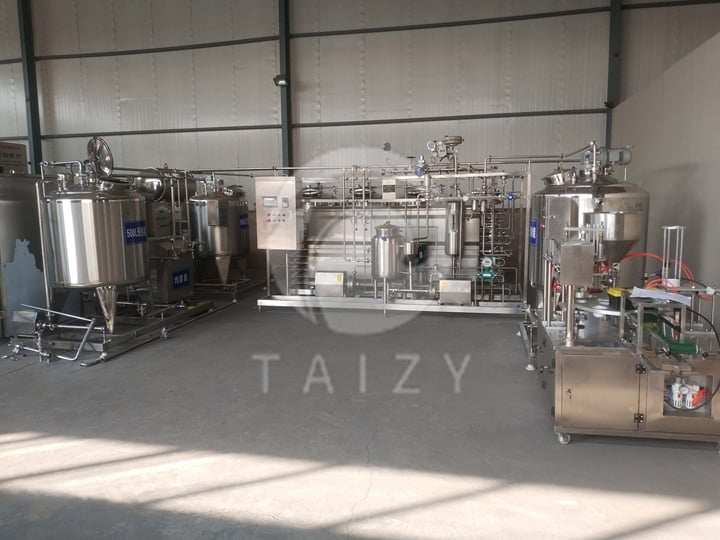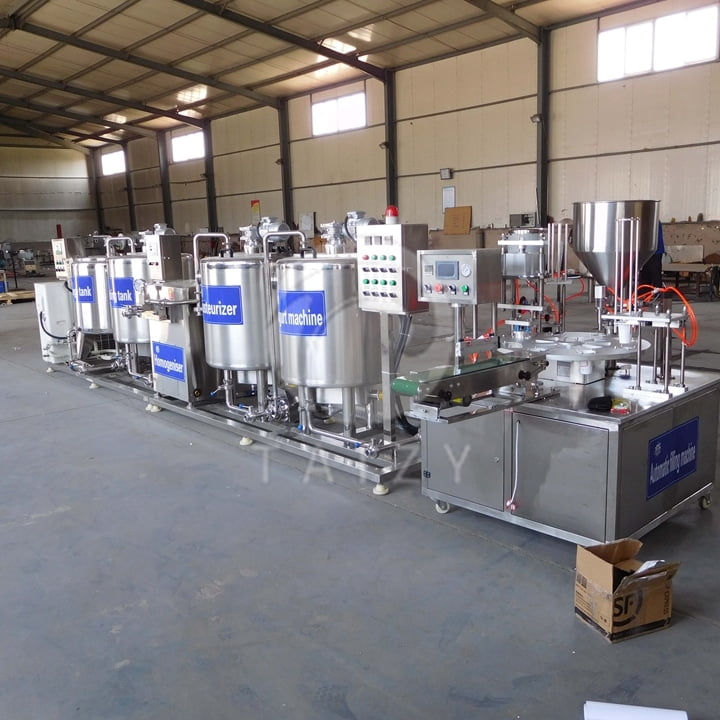In the yogurt processing line, pasteurization is an important part. Now I will share with you some knowledge about pasteurization when making yogurt.

The source of pasteurization
The pasteurization originates from solving the problem of beer acidification after brewing. At that time, the French brewing industry was faced with a headache, that is, the beer became sour after brewing. It could not be drunk at all, and it happens all the time. Pasteur was invited to study this issue. After a long period of observation, he found that the factor that made beer sour was Lactobacillus. Nutrient-rich beer is simply a paradise for lactobacillus growth. Lactic acid bacteria can be killed by a simple boiling, but the beer will go bad.
Pasteur has tried using different temperatures to kill lactobacilli without damaging the beer itself. Finally, he found that heating the beer at 50-60 degrees Celsius for half an hour can kill the lactic acid bacteria and spores in the beer without boiling. This method saved the French wine industry, and people call pasteurization.
What are the types of pasteurization?
A wide variety of pasteurization procedures are used today. Low-temperature long time (LTLT) processing is a batch process and is now only used in the yogurt processing line to produce some dairy products. High-temperature short time (HTST) processing is a flowing process, usually performed in a heat exchanger. It is now widely used in the production of milk.
Is the yogurt sterile after pasteurizing in yogurt processing line?
The yogurt obtained in this way are not sterile, that is, they still contain microorganisms and need to be refrigerated during storage. Fast pasteurization is usually used in the production of yogurt in yogurt production line.
The two main types of pasteurization in yogurt processing line
One is to heat the yogurt to 62 ~ 65 ° C and keep it for 30 minutes. This method can kill various growth-type pathogens in milk, and the sterilization efficiency can reach 97.3% ~ 99.9%. After the disinfection, only some of the thermophilic bacteria and heat-resistant bacteria and spores are left. But most of the bacteria are lactic acid bacteria, which are not only harmless to people.
The second method is to heat the yoghurt to 75 ~ 90 ℃ and keep it for 15 ~ 16 seconds. The sterilization time is shorter and the work efficiency is higher. However, the basic principle of sterilization is that it can kill pathogenic bacteria. If the temperature is too high, there will be more nutrition loss.
